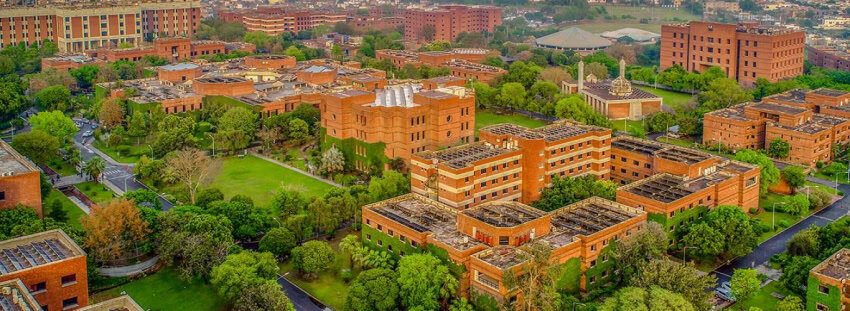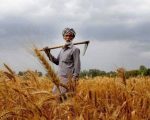I joined as LUMS Director of Health and Safety this week, but I have been working with the LUMS Health and Safety Committee since June 2020. I have been impressed by the thoughtfulness and high level of commitment the Committee members have brought to this important issue, centred on students’ needs and their well-being.
The University will offer online instruction to all students and invite a limited number of students on campus, as it builds its safety systems and implements SOPs based on best practices. If all goes well, the plan is to invite more students to the campus while protecting the community and sustaining this effort over time.
Senior Administration has made these decisions with much deliberation, on recommendations from the Health and Safety Committee, in consultation with stakeholders including student representatives, and on expert advice of people such as myself. It has made this decision within the context of two pieces of information. One is the safety and well-being of campus community, and the other is the behaviour of COVID-19 as it continues to twist and turn.
It is not clear that the virus has really died down, or it is just a false sense of complacency since the number of identified cases are reported to have decreased. The decrease in cases does not mean that the infection has decreased. the decreased utilisation of hospitalizations is not a simple issue either. Hospital use depends on the way one is treated, the stigma of disease, and one’s understanding of what happens if one dies in a hospital without proper burial.
There is little useful official data regarding COVID-19’s behaviour. We do not know the prevalence or incidence of the disease. All we have are just numbers—simple counts of events without a denominator. The numerator is just a function of the amount of tests conducted. This information does not help in scientific/epidemiological interpretation of the virus’ behaviour, neither can it be used for planning purposes.
From experience of places like Italy and New York where almost 25% of the population is above 65 years and live sequestered in old people’s homes, we know that older people are susceptible, and more likely to die from COVID-19. Pakistan has mostly a young population, and it is possible its population has, like some other populations, a cross-immunity as speculated in the Quarterly Journal of Medicine, 29 July 2020. Or maybe this is due to our lax attitude towards SOPs over the past months, as we have exposed ourselves to the virus and have therefore acquired immunity. Though recent serological surveys found 17% and 11% of population surveyed had acquired COVID-19 infections, that leaves quite a large percent of the population that is susceptible to COVID-19.
Recently, countries that were free of infections for months, like New Zealand, France and Spain, have started to see a resurgence of infections in the younger population. US universities have had to close within days of opening because the infection started to spread amongst the students. People coming together in large groups are likely to infect each other even though many are asymptomatic. Let’s remember, the disease is multiplicative.
Given such a situation, it seems the onus is on us to protect each other. LUMS will soon have a detailed plan and SOPs to protect its community and do its part to mitigate harm. But for that plan to succeed, we all need to be disciplined. We need to be kind to each other, and to be supportive of each other. The plan cannot succeed, and cannot be sustained if there is confusion and if people start getting sick. LUMS is setting a fine example by demonstrating how to manage an unprecedented crisis of this nature. This is a unique opportunity for students to participate in this effort, to contribute in, and to learn from this experience.
Poet, Zehra Nigaah in her poem, Jungal ka Dastoor, says that in a time of crisis “ek lakri kay takhtay par gulehri, sanp, bakri aur cheetah sath hotay hain” and they all pull in one direction. This crisis is akin to that situation. This infection is like a forest fire. It has decimated, the old and the vulnerable, the old trees have already burned down. And now, it is the younger stronger ones at risk. We know that young people have more resistance, but many are still vulnerable, still at risk. If unprotected, many can suffer terrible harm. LUMS, to its credit, is working seriously to minimise that risk and to protect its community from harm, as it creates opportunity for its students to have the university experience and to grow and thrive.
Dr. Samia Altaf is Professor of Practice in Public Health and the Director of Campus Health and Safety at LUMS. She is an internationally recognised public health physician and has been an advisor to USAID, UNICEF in Pakistan, Government of Pakistan, and a founding faculty member at The Aga Khan University.














